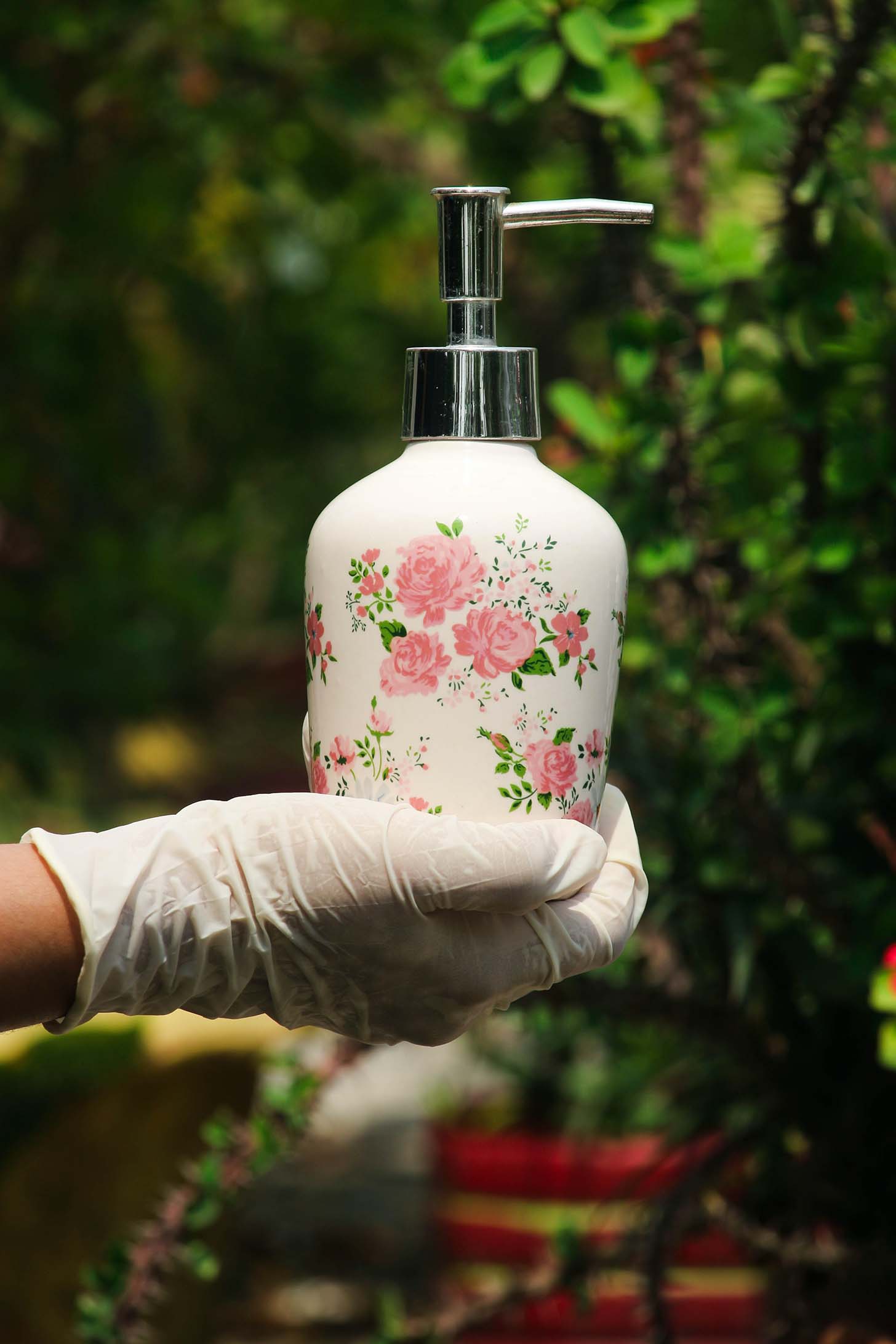A step-by-step guide to a healthy plant collection
A step-by-step guide
to a healthy plant collection
Cosmos Plant Club's basic guide
to houseplant health.

Could there be unwanted hitchhikers living on your houseplants? This guide will help you prevent, identify and treat those pesky pests.
A Step-By-Step Guide to A Healthy Plant Collection
Some of the most common houseplant pests include thrips, aphids, spider mites, mealybugs, scales and fungus gnats. Once any of these pests begin to reproduce it becomes difficult to control, especially if you have a large collection of plants that are assembled closely together.
Read the steps below to help your urban jungle flourish.
1
The most obvious place to start is the leaves. Some leaves have beautiful markings and variegation that can easily distract one’s eye, but do not be fooled, and be sure to check all around the leaves of the plant. If you can see white thin webbing around the network of leaves, and or brown spots on the leaves’ surface it is likely that the plant is now home to spider mites. Certain plants such as calatheas present their unhappiness very well in the colouration and texture of the leaves. An indicator that a pest is causing the upset is if substantial portions of the calathea’s leaves are going brown and crispy.
TIP: If you spot this, cut away the leaves that are affected and treat the plant with diluted neem oil spray (1: 3 ratio of neem oil to water).
You can purchase neem oil here.

Furthermore, some sellers alter the aesthetics of plants to attract sales. Such alterations can involve fake flowers, artificial colouration and some even trap the roots under a fake plastic top with glue. Whilst this can look beautiful, it can severely stunt the growth and hinder the health of your plant. Therefore, at Cosmos Plant Club we strongly believe that it is best to let nature reveal her organic beauty.
Are any of the bottom leaves showing yellow colouration? This could mean that the plant has been particularly overwatered or underwatered, which could affect its ability to grow into a healthy plant. How to know for sure if your plant has been overwatered? Check the roots.
2
The roots play an imperative role in distinguishing healthy viable plants to those that are coming to the end of their circle of life. White thick roots suggest a healthy growing plant, that has been sufficiently watered. Brown and sometimes “mushy” roots indicate that the plant that has been severely overwatered. If the browning is only on a small scale, perhaps only on the bottom portion of the root system, you can cut the parts that are of this description off before repotting your new plant in a well-aerated soil.


3
With Cosmos Plant Club, you will have your indoor houseplants delivered directly to you! So here is what to do when your plant arrives.
Don’t be so quick to display your plants amongst its plant brothers and sisters. If possible, shower your plant with room temperature water to ensure any pests that may be hiding are well and truly gone. This is an especially good deterrent for spider mites because they thrive in very dry conditions and is good practice to install monthly with all your houseplants.
TIP: Do this for all plants both indoors and outdoors as a good preventative method,
as water disrupts most pest environments and so ensures they can never
reproduce to the extent that it becomes an issue.

Additionally, you should quarantine your new plant in an area that is away from your other plants and observe closely for 40 days. This may seem like a long time but dealing with an outbreak of pests in your plant collection will be much longer.
TIP: On the days you tend to all your plants, be sure to sterilize any shared equipment and wash your hands before moving on from your quarantine plant to the others. This is to prevent pests such as spider mites from using either the tools or yourself as vectors to their next victim. Hydrogen peroxide or more commonly used sterilisation fluid by Milton's is great at combatting this!
It is important to check all parts of your plants before giving them a permanent place in your home and knowing what to look for can save much heartache later. Following these preventative steps can ensure a smooth plant keeping journey but it sure takes a lot of unavailable time and commitment. Let Cosmos Plant Club take care of it for you and subscribe today because we've got you covered!
If you like what you read you should sign up to our newsletter and get notified when we update notes from small shed!

Article for Cosmos Plant Club by Cream Muenprom


